
It may be tempting to slather Neosporin on your cat when you see it has a wound. But this first-aid kit staple, otherwise called triple antibiotic ointment, isn't recommended for use on cats. Neosporin can cause skin irritation and allergic reactions in cats.
If you want to create a first-aid kit for your feline companion, skip the Neosporin and keep an ointment from the vet on hand, along with some other essentials for cat first-aid.
Neosporin is the trade name for a triple antibiotic ointment created by the Johnson & Johnson company. It is made up of three different antibiotics: neomycin, polymixin B, and bacitracin. Neosporin (or generic, non-brand name triple antibiotic ointment) that is labeled as "pain relief" contains a fourth ingredient: a topical analgesic (pain reliever) called pramoxine hydrogen chloride.
In combination, the three topical antibiotics in Neosporin are effective at keeping wounds bacteria-free. They are very safe for topical use in people. In cats, topical application may cause mild skin irritation or an allergic reaction if the cat is sensitive to one or more ingredients, but other than that there are no major side effects to topical usage. If ingested in large enough quantities, however, it can cause vomiting, diarrhea, anaphylactic shock (a severe allergic reaction), or even death.
If Neosporin is meant to be used topically, how leery should one be if the component has such an adverse effect only when ingested? Remember that cats groom themselves daily, especially if it is feeling uncomfortable from their wound or the greasy ointment. Additionally, if you keep the "pain relief" variety on hand, the pramoxine hydrogen chloride additive can cause further skin irritation in cats.
For these reasons, even though Neosporin is technically safe for topical use in cats, it is not actually recommended for use in cats. The Animal Poison Control Center lists it as a medication that is toxic to pets.
Unfortunately, there is no over-the-counter alternative to Neosporin in cats. However, there are veterinary-specific ointments that can be prescribed in place of Neosporin. If your cat has a minor wound, schedule an appointment for your cat to be looked over by your vet. They can prescribe the right treatment for your cat's wound. If your vet discovers that your cat's minor wound isn't so minor after all, you're already in the right place to have it addressed.
If your cat does wind up with a small injury, there are things you can do at home, after consulting with your vet. If there is active bleeding, apply gentle pressure to the wound with sterile gauze if your cat will tolerate it. Once you have the bleeding wound under control, check your cat over for any other wounds. If your cat is in too much pain to permit this kind of treatment, get it to a veterinarian right away for further care and pain management.
If you find a wound on your cat but it is no longer actively bleeding and it appears to be minor—small and not deep—you can gently clean the wound with a dilute antiseptic solution such as povidone-iodine. You can clean around the wound with sterile gauze and saline solution.
If you find any wounds that appear deep or look like a puncture wound, simply clean around the wound with saline and bring your cat to your veterinarian or a local emergency clinic right away.
Every cat owner should be prepared for an emergency that would require at-home care. Keeping your cat's first aid kit stocked with Neosporin may not be recommended, but there are certainly plenty of supplies that you can and should stock it with. First and foremost, your cat's first aid kit should have the phone numbers of your veterinarian, local emergency vet hospitals, and ASPCA Pet Poison Control (1-888-426-4435).
You should also have a copy of your cat's vaccine history, pertinent medical records, a photo, and a microchip number if your cat is microchipped. Your cat's first aid kit should have sterile gauze squares and non-stick or telfa pads. Blunt-ended bandaging scissors can be helpful to cut these materials. Povidone-iodine and saline solution should also be included in your kit to clean minor wounds. A properly fitting e-collar, or pet cone, is also important to prevent your cat from licking or chewing at its wound, which can make the injury worse and/or introduce infection.
If your cat allows you to take a rectal temperature, a rectal "fever" thermometer and water-based lubricating gel should be included. Make sure the thermometer is a "fever" thermometer as cats have a normal temperature that can be as high as 102.5 degrees Fahrenheit, so regular thermometers may not be able to read your cat's temperature, especially if they have a fever.
These are just the bare essentials to start your cat's first aid kit. Check out another great article on The Spruce Pets that details all the things that you need for a fully stocked, ready-for-anything first aid kit here.
Every cat owner wants to be able to help their pet when they need it. Keeping a well-stocked first aid kit is essential. Just make sure you keep the Neosporin out of the cat's first aid kit and in your own personal kit.
You should not, no. It can cause anaphylactic shock.
With pet shampoo, and if you don't have that, try baby shampoo.
No, because Neosporin is poisonous for cats and its use is life threatening.

Cute Pictures & Facts About Calico Cats & Kittens
Learn fascinating facts about calico cats, including photos, the genetics behind this color combination, and common folklore and traditions.
How to Prevent Cat Separation Anxiety During Vacations
Discover why cats develop litter box problems and cat behavior problems when you go on vacation and what you can do about it to help them.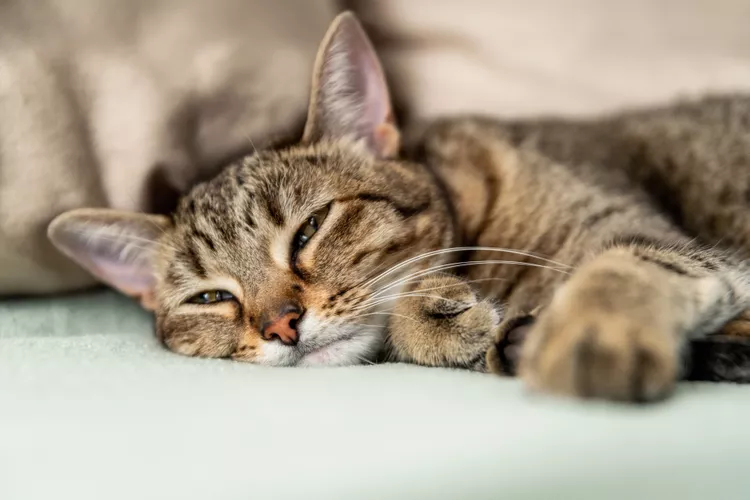
Cat Behavior Changes That Might Mean Something's Wrong
Cats' behavioral changes may indicate problems—or they may mean nothing at all. Explore causes of odd behavior and what to do about them.
Lhasa Apso: Dog Breed Characteristics & Care
The Lhasa apso is an ancient breed from Tibet that was bred to be a watchdog. Learn about its history, health, exercise needs, and more.
Reasons Why Dogs Run Away and How to Stop It
Dogs can escape, especially if they’re bored and not properly contained. Here are some techniques for stopping your dog from running away.
Can Dogs Get Depression? How to Help Your Sad Dog
Can dogs get depression? Learn about the signs of depression in dogs and find out how to help your sad dog.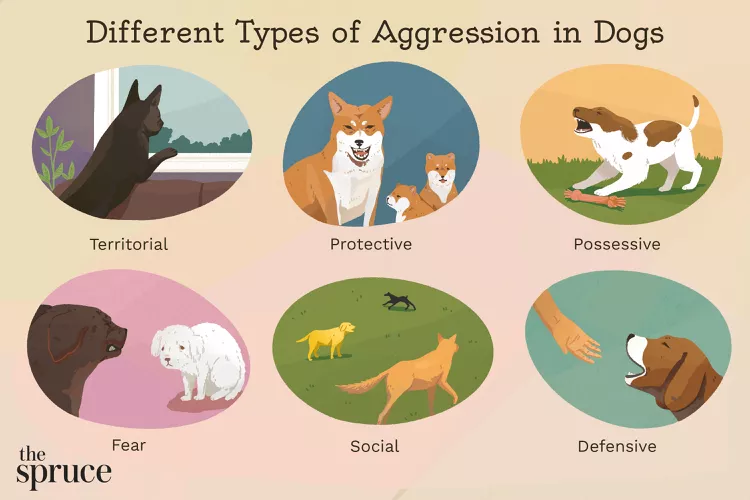
How to Stop Aggression in Dogs
Dog aggression can be a serious behavior issue for pet owners. Learn how to stop aggression in dogs before someone gets hurt.
How to Stop Your Dog From Growling
A growling dog can soon become even more aggressive. Reduce the noise and potential for a dangerous situation with some of these techniques.
Why Do Dogs Dig Holes? How to Stop Your Dog from Relandscaping Your Yard
Dogs have been digging holes for centuries and for many reasons. Whether they’re bored or want to cool off in the dirt, here are the top reasons why dogs dig holes.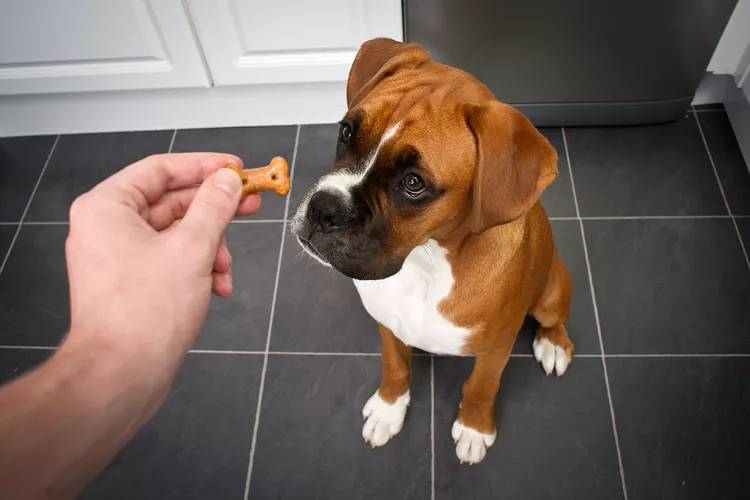
Dog Treat Varieties
Learn about the different types of dog treats on the market and decide which are best for your dog.
Can Dogs Eat Asparagus?
Dogs can eat asparagus, provided the vegetable is cooked plain and cut up for them. Seasonings, salt, and butter make it unhealthy for dogs.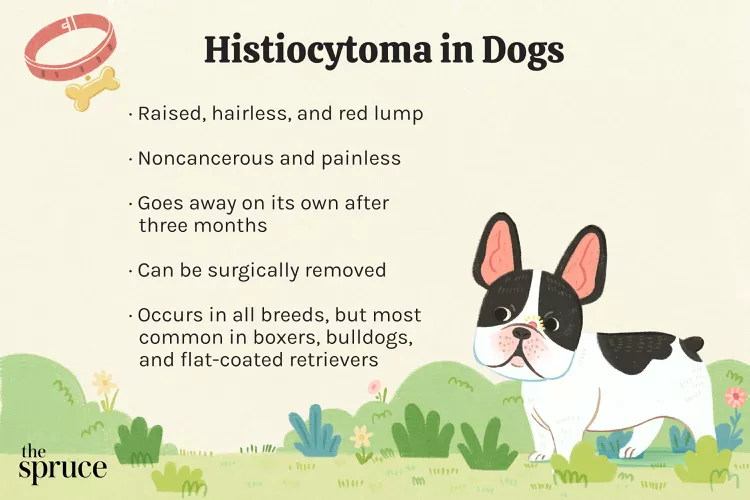
Histiocytomas in Dogs
A histiocytoma is a type of benign (non-cancerous) skin lump that usually affects young dogs. Learn the causes, treatment, and prevention.
Why Is My Dog’s Eye Swollen?
If your dog's eye is swollen, she may need veterinary attention. The inflammation could be caused by allergies, an injury, or even a tumor.
Common Bugs and Parasites Found on and Inside Dogs
Learn about common types of parasites in dogs. Find out how to treat and prevent parasites to keep your dog, your family, and yourself safe.
Exploring the Different Types of Pet-Friendly Beaches
Are you looking for pet-friendly beaches? Learn about the different types of pet-friendly beaches, their locations, and tips for visiting them with your pet.
10 Obscure, Little-known Canine Facts in Honor of National Dog Day
With National Dog Day upon us, it's time to celebrate everything about our favorite pets—even the weirder stuff. Here are 10 obscure facts about dogs you probably didn't know.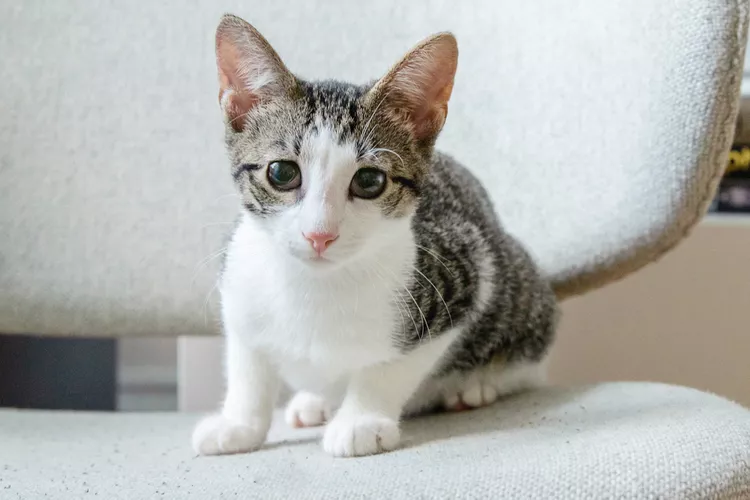
Kitten Development From 3 to 6 Months Old
Kittens grow and change a lot during their first year. Find out what happens between the ages of three months and six months old.
95 Siamese Cat Names
Our list of Siamese cat names has diverse and fun options to help you choose the ideal moniker for your elegant and lovable feline companion.
What to Buy for Your New Cat: A List of Essentials
Before you bring your new cat or kitten home, there are a number of things to collect or buy so your cat will feel welcomed like a family member.
The 6 Best Cat Nail Clippers of 2024 for a Safe Trim
Clipping your cat's nails can save your furniture and keep your kitty comfortable. We asked veterinarians for their cat nail clipper recommendations.